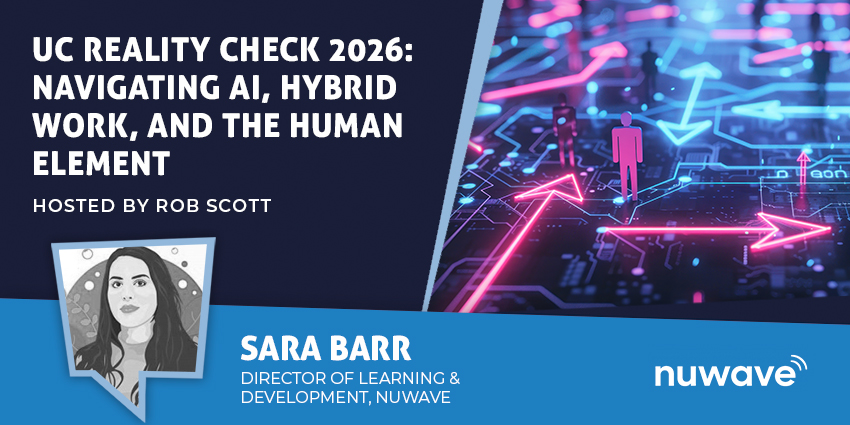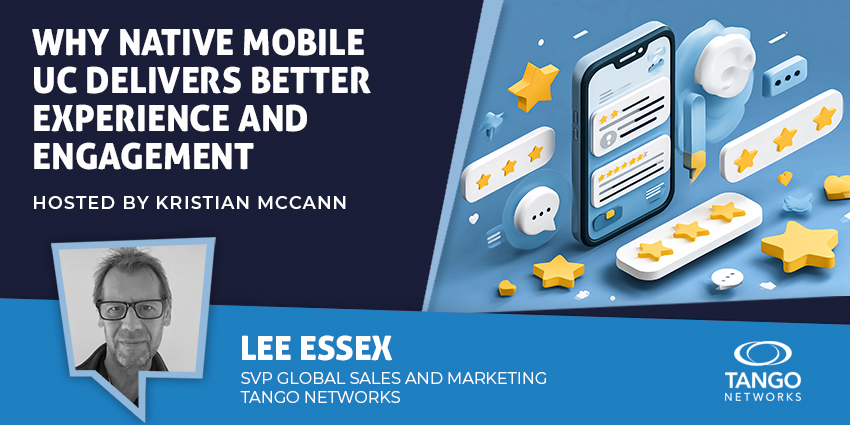AI interest is ablaze! Everyone from the public, using DALLE to generate images of what their cat would look like as a wizard, to enterprises, gaining summaries and actionable insights from their data, is on board.
It seems the sentiment has finally stretched to politicans as well. With the public sector not normally renowned for its speed in picking up new technologies (The UK’s National Health Service (NHS) still uses pagers and fax), the speed at which the new government has made it a priority certainly shows its interest in the technology.
The British Prime Minister Keir Starmer today (January 13) used the AI strategy announcement to say he intends to “make Britain the world leader”.
Alongside the release of the AI Opportunities Action Plan which saw £14 billion pegged for AI data centre projects, the announcement includes plans to build a supercomputer and create a new National Data Library to safely and securely unlock the value of public data and support AI development.
With one of the government’s election pledges being to reduce NHS wait times and better prepare it for the future, it’s no wonder they see AI as a golden ticket for improving public services.
“We are at an inflection point with AI; what we do now will shape the next decade and beyond,”
Cisco UK & Ireland Chief Technology Officer Chintan Patel said following the announcement.
Indeed, a key part of the strategy is to put AI to use in the public sector so they “spend less time doing admin and more time delivering the services working people rely on“.
With the NHS employing around 1.5 million people and its Long Term Workforce Plan projecting it will need to expand its permanent workforce to 2.2–2.3 million by 2036/37, this AI integration will likely see great focus on the UC side.
So what exactly can we expect from an AI-enabled UC system the NHS could soon be integrating?
The NHS as it stands
The NHS in England is structured as a complex network of organisations,
At the local level, Integrated Care Boards plan and commission healthcare services tailored to regional needs.
Individual NHS Trusts operate independently with their own communication systems to facilitate internal and inter-organisational communication.
For instance, the University Hospitals of Derby and Burton NHS Foundation Trust partnered with systems integrator Cinos to deliver a Cisco-powered UC telephony platform via its own Cinos Cloud service to bring the Trust’s new hybrid working capabilities.
However, some organisations like NHS Informatics Merseyside provide services to several trusts, such as Voice over IP (VoIP) telephony services from Cisco and Mitel IP and Microsoft 365 communication services, including email and Microsoft Teams.
This harmonisation among some trusts allows for better inter-organisational sharing of records.
Equally, with some trusts having the software rolled out organisation-wide, it enables better channels of communication in departments and even between staff members in different roles.
AI Considerations for NHS UC
A taskforce established in early 2024 was set up to explore the potential use of AI in NHS Communications and to guide communications professionals to take advantage of the opportunities offered by AI while mitigating the risks.
With the NHS being one of the largest employers in the world and the biggest employer in Europe, a signal that the UK intends to go full throttle on AI in its public services may prompt leaders in the UC field to take action.
Just as OpenAI released ChatGPT Enterprise to cater to the growing interest of big businesses in AI and address their fears of proprietary information exposure, so too may UC solutions be made to cater to this growing interest.
Being part of a public body, the NHS’ use of AI in the form copilots will come under greater scrutiny.
“Advances in AI are changing how we live, work and engage with public services, but there are foundational aspects that we must address now – from the infrastructure these models are built on, to the security that is core in ensuring models work as intended and data remains secure, and the skills required in the workforce to truly benefit from this technology,” Patel explains.
For instance, AI still suffers from hallucinations. This may mean when, for instance, using such AI copilots to summarise a virtual consulation between GP and patient, due diligence will need to be made to see the summary and follow-up advice is accurate.
Already, some service providers like Cisco’s Webex have AI guardrails in play that safeguard language models against risks like toxic speech, operational failures and data privacy violations, key for confidential patient data.
What to Watch
The UK’s AI strategy, with a core focus on public services, may introduce integration of AI into the NHS’ UC systems and usher in greater use of such copilot capabilities.
From streamlining communication by providing real-time insights and automating routine tasks, AI augmenting UC systems within healthcare can free up professionals to focus more on patient care rather than administrative burdens.
This proactive approach could significantly enhance the overall efficiency of the NHS, making it a model for public sector innovation in the UK.
However, UC solutions providers may be crucial to ensuring its adoption by innovating the UCaaS landscape respond to this call of new enterprise environments.
With Starmer saying the new plan “will give the industry the foundation it needs and will turbocharge the Plan for Change”, hopefully it shouldn’t take too much convincing.







